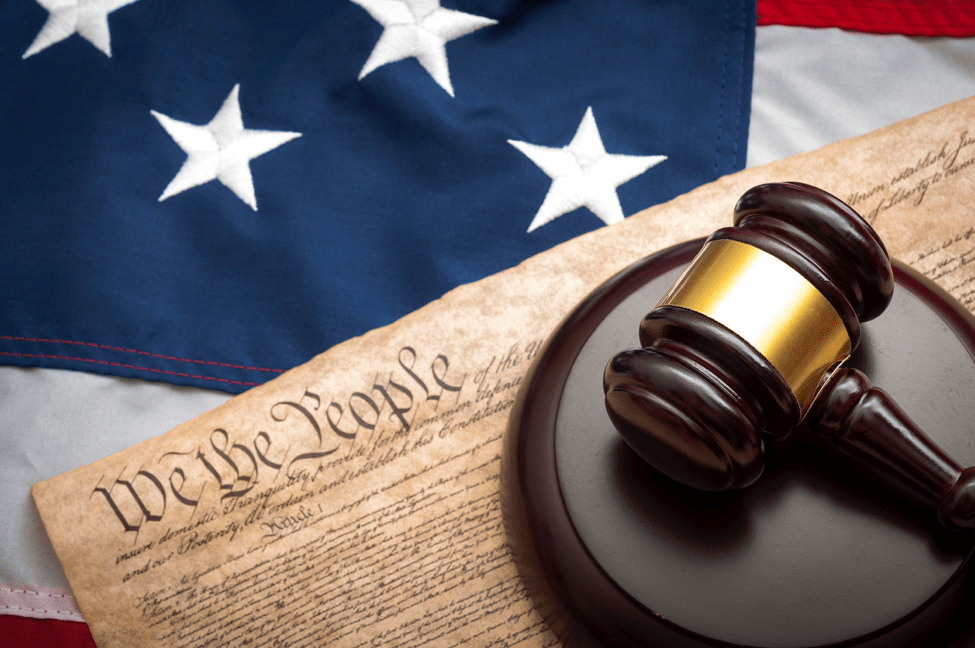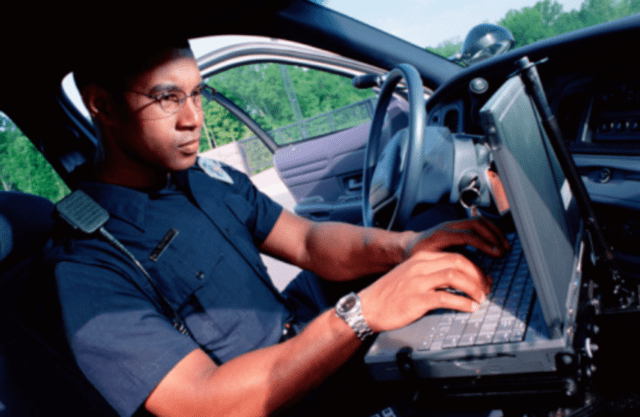Crime prevention means different things to different people. There are policies and programs designed by the government to prevent such crimes that will include police arresting as a part of their operation and deal with gang problems, court sanction for securing correctional facility, or, death penalty sentence (in extreme cases). All these measures are referred to as the crime control and repression that can be solved with the help ofa professional criminal defense attorney.

Quite often, crime prevention generally refers to the efforts that will prevent the crime and criminal offending in a first instance—before an act is committed. Both types of crime prevention share the common goal to prevent the occurrence of the future criminal act, however, what further differentiates crime prevention from the crime control is prevention happens outside of its confines of any formal justice system. This is the reason, it is very important to look for the right qualities and traits in your criminal defense attorney.
- Avoid worsening any problem by higher community “rehabilitation” or other “therapeutic” treatments rather than prison terms.
- Revise any exclusionary rules, inordinate delays, suppression of evidence, instability in the criminal procedures, technical reversals, bias of criminal defendants, as well as disregard for rule by the Supreme Court majorities.
- Repeal the laws that make any crime problem worse, like gun control laws, drug laws, rules restricting the use of prison labor, or one getting coercive privileges to the organized labor.
- Make sentencing fit any crime, and not the criminal: The punishment must be even-handed, usual, determinate, shorter, prompt, and severe (although not cruel) as well as served incomplete.
- Make higher use of private incentives & private contractors for the police, prosecution, or corrections work, so the taxpayers will get more for the money.
Perhaps the highly controversial recommendation will be repealing any criminal laws (or laws against victimless crime), or cases where cure can be worse than its disease. More than 20% of the criminal arrests are done for the drug violations and the clog up courts, preoccupy the police resources, raise the price of the opiates to 30 percent street crime happens, sustain the infrastructure of the organized crime, promote corruption, as well as have failed miserably in each respect.
Solving the Problem
In the same manner, gun laws are the misguided attempts for controlling the crime “on the cheap” that not have worked or can’t work in America. They’re counterproductive and decrease citizen protection. There are many restrictions on the use of the prison labor that have reduced the output of our economy, increased prison bill for the taxpayers, as well as denied prisoners employment opportunities.
Even prospects of rehabilitation are harmed by the protectionist measures. The labor policy that adds to this crime problem is the tacit right of the labor unions for using “weapons of labor” to create the artificial scarcities of the labor through the threat of violence. Special privileges of the labor unions, by statute & common law, must be revoked. Not just will this reduce the violence, it will decrease the association between organized crime and organized labor.
To deter any kind of criminal behavior or solve crimes, the strategies should be swift, sure, as well as methodical. There should be certainty of punishment. That is what criminals will understand which a kind of risk that outweighs the gain is. Types of crime, especially criminal, will be beyond the simplistic notion of inner conflicts. It’s a way of selfishly asking what somebody else has. Providing we will come up with excuses for the behavior, nobody needs to be liable for anything.
Conclusion
From the case-solving perspective, this concept of moral blameworthiness must not at all get replaced by the notions of sociological or psychological determinism. All these views will allow a criminal to escape from accountability. As a result, at times before any criminal is caught, they have become its victim. The role reversal happens and the real victim gets forgotten in a blur of the media blitz. Assessing this criminal behavior, as per the profile of crime, must focus on a case basis. Apprehension, prevention, and deterrence of crime is the responsibility, which belongs to law enforcement. Knowing the crime nature concerns certain problems related to how a person responds to such things or policies.


